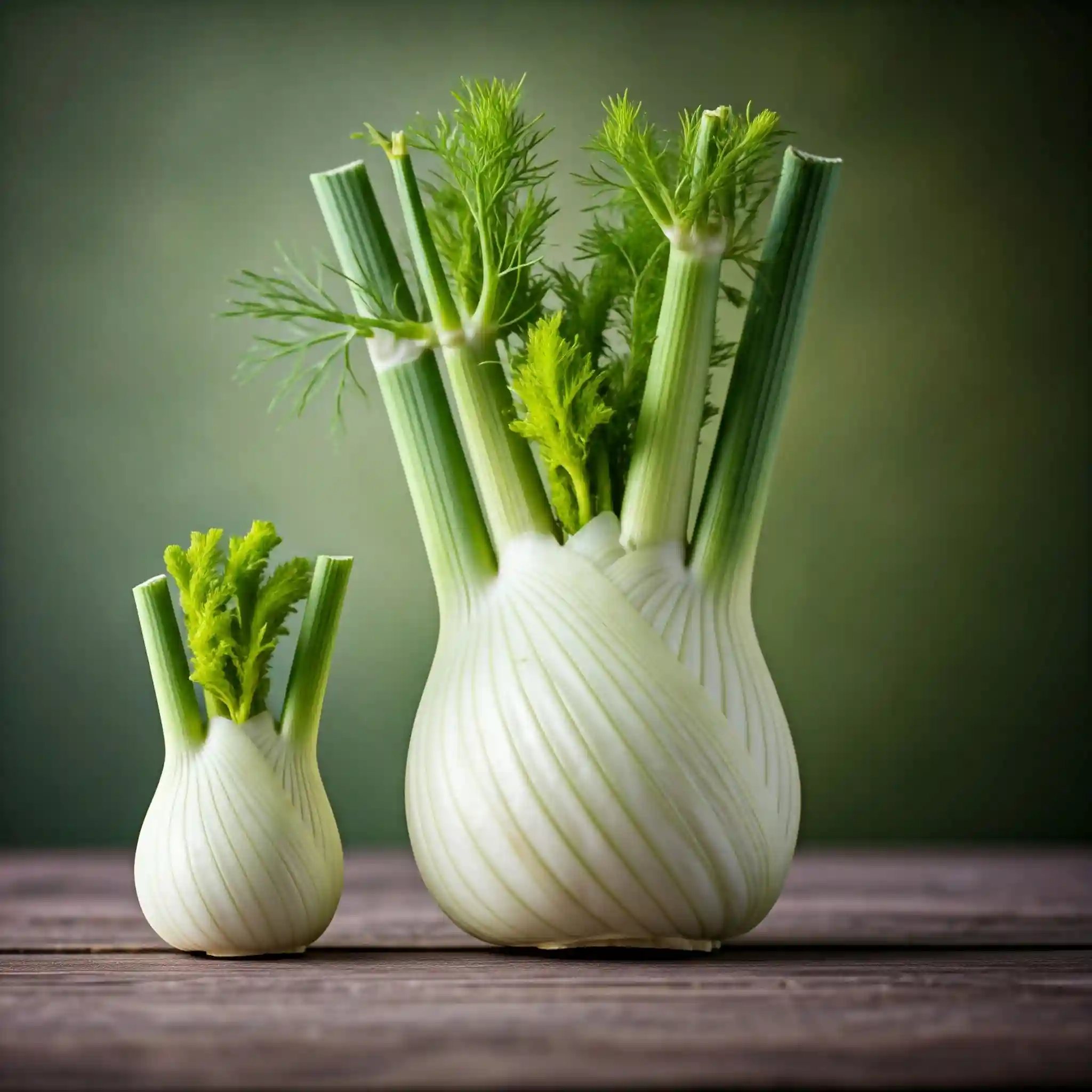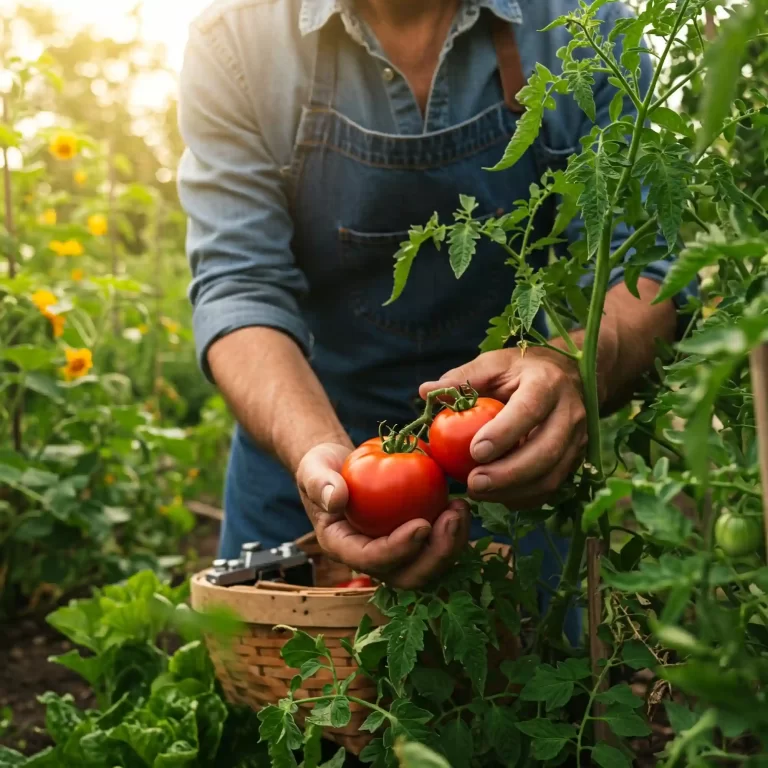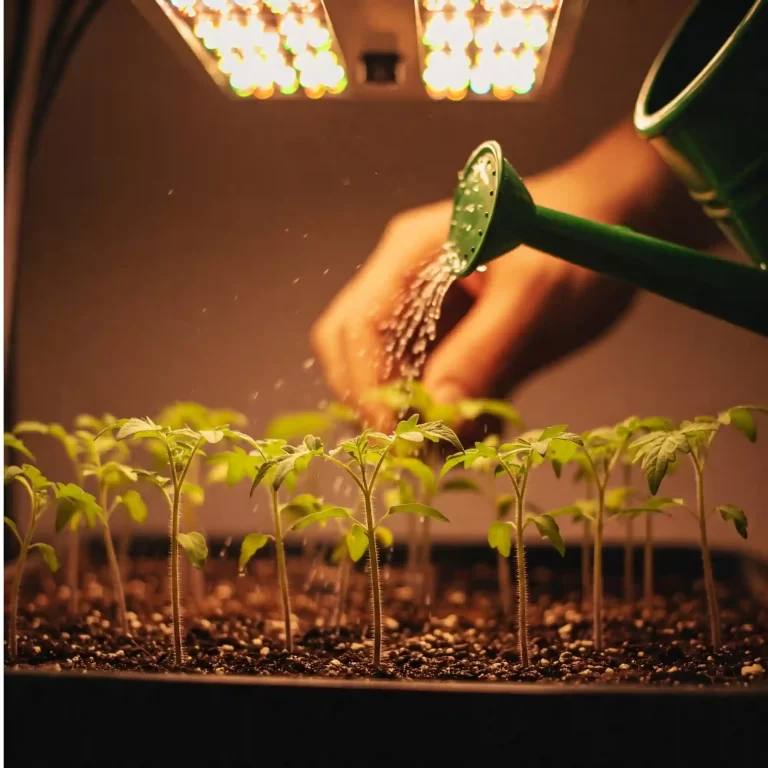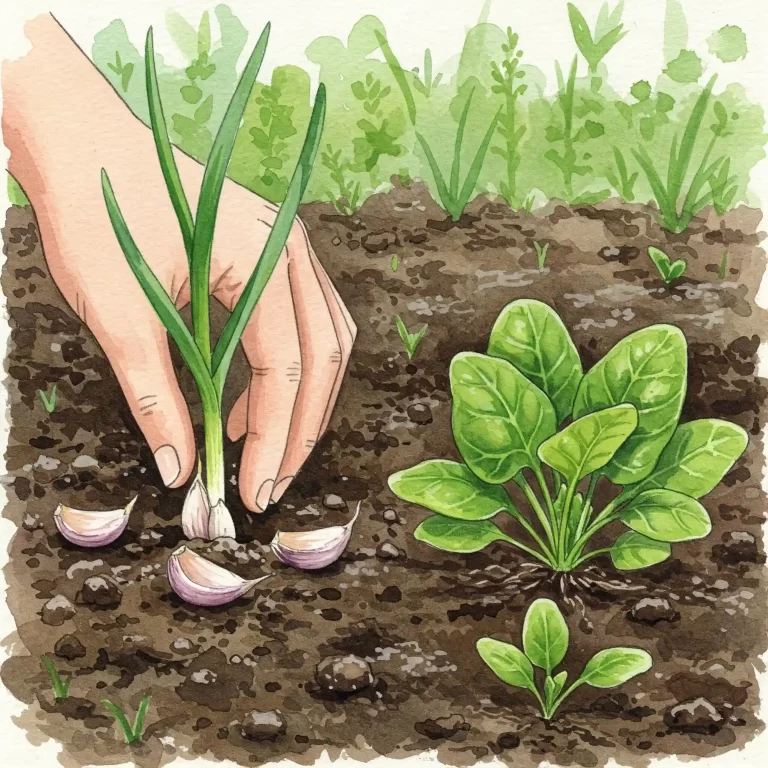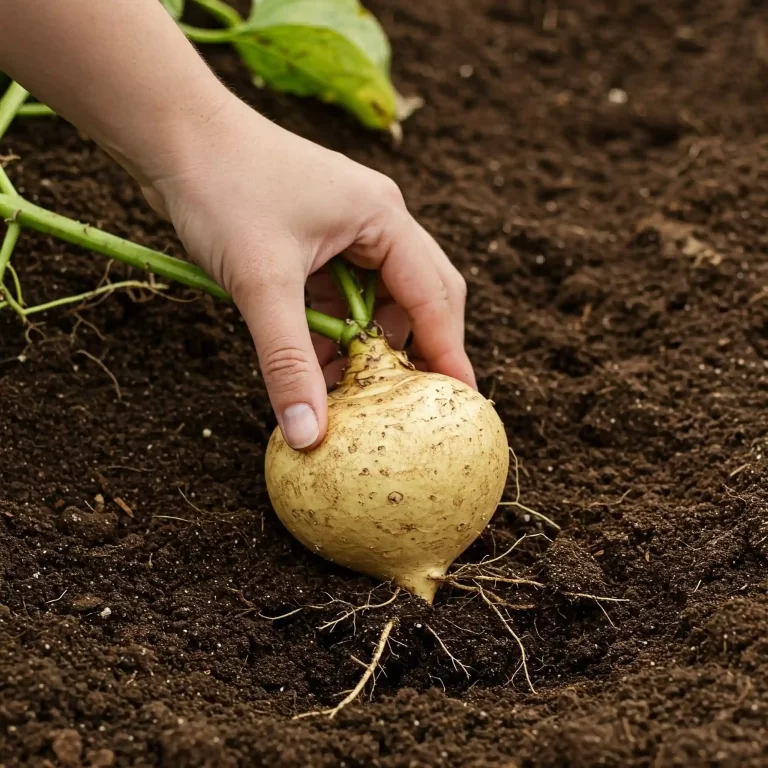Are you tired of bland, store-bought vegetables lacking that fresh, garden-to-table flavor? Do you crave the unique anise-like taste of fennel but hesitate to buy it because you’re unsure of its freshness or origin? I understand that feeling; I’ve been there myself, walking through the produce aisle, wishing I could pluck a fresh fennel bulb straight from the ground. That’s why I started growing my own, and let me tell you, the difference is remarkable. The flavor is brighter, the texture is crisper, and there’s a deep satisfaction in knowing you nurtured it from seed to supper. In this guide, I’ll share my experience and knowledge on how to grow fennel vegetable successfully, empowering you to cultivate this flavorful addition to your garden and your kitchen.
1. Choosing the Right Fennel Variety: Sweet Fennel vs. Florence Fennel
When you start thinking about how to grow fennel vegetable, the first thing you need to understand is that not all fennel is created equal. There are two main types you’ll encounter: sweet fennel and Florence fennel (also known as bulbing fennel). Knowing the difference is crucial for achieving your desired harvest.
Sweet Fennel: The Herb and Spice Provider
Sweet fennel (Foeniculum vulgare) is primarily grown for its aromatic seeds and feathery fronds (leaves). The seeds are a popular spice used in various cuisines, while the fronds are used as a fresh herb, adding a delicate anise flavor to dishes. While sweet fennel does produce a small bulb, it’s not the primary focus of cultivation. I’ve grown sweet fennel mainly for its seeds, which I use in homemade sausages and bread. The fronds are a fantastic addition to salads and fish dishes.
Florence Fennel (Bulbing Fennel): The Vegetable Star
Florence fennel, also Foeniculum vulgare var. azoricum, is the type most people envision when they think of fennel as a vegetable. It’s cultivated for its swollen, bulb-like base, which has a crisp texture and a mild anise flavor. This bulb can be eaten raw in salads, grilled, roasted, or braised. I personally enjoy grilling it with a little olive oil and lemon juice – it’s a simple yet delicious way to showcase its flavor. When you are searching for information about “How to Grow Fennel Vegetable,” you are most likely looking for information on this type of fennel.
Key Differences at a Glance
| Feature | Sweet Fennel | Florence Fennel (Bulbing Fennel) |
| Primary Focus | Seeds and Fronds (Herb and Spice) | Bulb (Vegetable) |
| Bulb Size | Small, not the main edible part | Large, swollen, and edible |
| Growth Habit | Taller, more upright | More compact, lower to the ground |
| Flavor Profile | Stronger anise/licorice flavor in seeds | Milder anise flavor in the bulb |
Making the Right Choice for Your Garden
If you’re interested in using fennel primarily as a spice or herb, sweet fennel is the way to go. If you’re looking to enjoy the crisp, refreshing bulb as a vegetable, then Florence fennel is the variety you should choose. I recommend starting with Florence fennel if your primary goal aligns with “How to Grow Fennel Vegetable” for culinary use. It is a rewarding plant to grow and offers a unique flavor profile.
My Experience with Both Varieties
In my early gardening days, I mistakenly planted sweet fennel, expecting to harvest large bulbs. I was a bit disappointed when the bulbs remained small, but I quickly learned to appreciate the plant for its other qualities. I started using the fronds in salads and the seeds in my cooking, and I discovered a whole new world of flavors. This experience taught me the importance of understanding the different varieties of plants before you start growing them. Now, I always make sure to choose Florence fennel when I want to enjoy the bulb as a vegetable.
Understanding the Botany
Both sweet and Florence fennel are variations of the same species, Foeniculum vulgare. This means they share many characteristics, but selective breeding has led to distinct differences in their growth habits and the parts of the plant that are most commonly consumed. This botanical connection explains why both have that characteristic anise flavor.
Choosing the Right Cultivar
Within Florence fennel, there are several cultivars to choose from, each with slightly different characteristics. Some popular cultivars include ‘Rondo’, ‘Romanesco’, and ‘Zefa Fino’. These cultivars have been bred for traits like bulb size, bolting resistance, and disease resistance. When you are looking for information on How to grow fennel vegetable, choosing the right cultivar for your growing conditions is important.
Consider Your Climate
Your local climate plays a significant role in determining which fennel variety and cultivar will thrive in your garden. Some cultivars are more heat-tolerant, while others are better suited to cooler climates. I’ve found that in my area, which experiences hot summers, choosing a bolting-resistant cultivar is essential for a successful harvest.
Long-Term Planning
Fennel is a biennial plant, meaning it completes its life cycle in two years. In the first year, it focuses on vegetative growth, producing the bulb and fronds. In the second year, it flowers, produces seeds, and then dies. If you plan on saving seeds, you’ll need to allow some of your plants to overwinter and flower in the second year.
This detailed explanation of the different fennel varieties should give you a solid foundation for your fennel-growing journey. Choosing the right variety is the first step towards a successful and flavorful harvest.
2. How to Plant Fennel: From Seed to Transplant
How to Plant fennel is crucial for a healthy start.
Starting Seeds Indoors: Begin 6-8 weeks before the last expected frost. Use seed starting trays and a well-draining seed starting mix.
Direct Sowing: Plant seeds directly into the garden after the last frost.
Spacing: Space plants 6-12 inches apart to allow for proper bulb development.
Soil Preparation: Fennel prefers well-drained soil that is rich in organic matter. Amend your soil with compost before planting.
3. Fennel Growing Conditions: Sunlight, Soil, and Water
How to grow fennel successfully depends on providing the right conditions.
- Sunlight: Fennel thrives in full sun (at least 6-8 hours of direct sunlight per day).
- Soil: Well-draining, fertile soil with a pH between 6.0 and 7.0.
- Watering: Water regularly, especially during dry periods. Avoid overwatering, which can lead to root rot.
4. How to Care for Fennel: Maintenance and Pest Control
How to grow fennel successfully depends on providing the right conditions.
- Sunlight: Fennel thrives in full sun (at least 6-8 hours of direct sunlight per day).
- Soil: Well-draining, fertile soil with a pH between 6.0 and 7.0.
- Watering: Water regularly, especially during dry periods. Avoid overwatering, which can lead to root rot.
5. When and How to Harvest Fennel Bulb and Fronds
Knowing when and how to harvest is key to enjoying your homegrown fennel.
Harvesting the Bulb: The bulb is ready for harvest when it reaches about the size of a tennis ball. Cut it off at the base.
Harvesting the Fronds: You can harvest the fronds throughout the growing season as needed.
6. Growing Fennel in Containers: A Guide for Small Spaces
How to grow fennel even if you have limited space.
- Choose a large container (at least 12 inches in diameter).
- Use a well-draining potting mix.
- Provide adequate sunlight and water.
7. Preventing Fennel from Bolting (Going to Seed)
Bolting can affect the quality of the bulb.
- Plant at the right time of year.
- Provide consistent watering.
- Avoid stressing the plants.
FAQ
- How to grow fennel vegetable in raised garden beds? (Answer with specific instructions for raised bed gardening, including soil depth and drainage.)
- How to grow fennel vegetable from seed indoors for beginners? (Provide detailed steps on indoor seed starting, including lighting and temperature requirements.)
- How to grow fennel vegetable in containers on a balcony? (Offer tips on container size, potting mix, and placement for balcony gardening.)
- How to grow fennel vegetable organically without using pesticides? (Discuss organic pest control methods, such as companion planting and natural sprays.)
- How to grow fennel vegetable and prevent it from bolting in summer? (Explain the causes of bolting and offer preventative measures.)
- How to grow fennel vegetable for its bulb and its fronds? (Clarify the different uses of the bulb and fronds and how to harvest them.)
- How to grow fennel vegetable successfully from seed to harvest in zone 7? (Provide specific advice for growing fennel in zone 7, including planting times and frost protection.)
Conclusion: A Rewarding Journey from Seed to Table
Growing fennel can be a truly rewarding experience for any gardener. By following these simple steps, you can enjoy fresh, flavorful fennel right from your own garden. Whether you’re growing it for its bulb, fronds, or seeds, fennel is a versatile and delicious addition to any garden.
